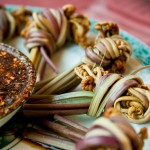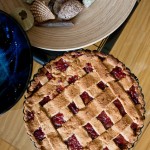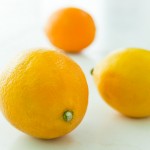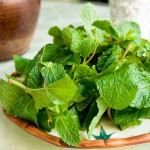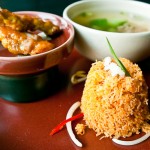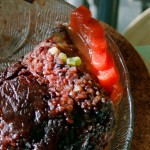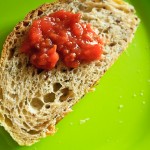
I could never make sense of the North Korean restaurant Pyongyang Haitanghua Cold Noodles. It didn’t seem to fit with any of the images I had of North Korea: reclusive, Communist, impoverished, frozen by famine, obsessively loyal to the Great Leader. Yet here they were, barbecuing oh-so-expensive cuts of beef and pork and serving up [...]
